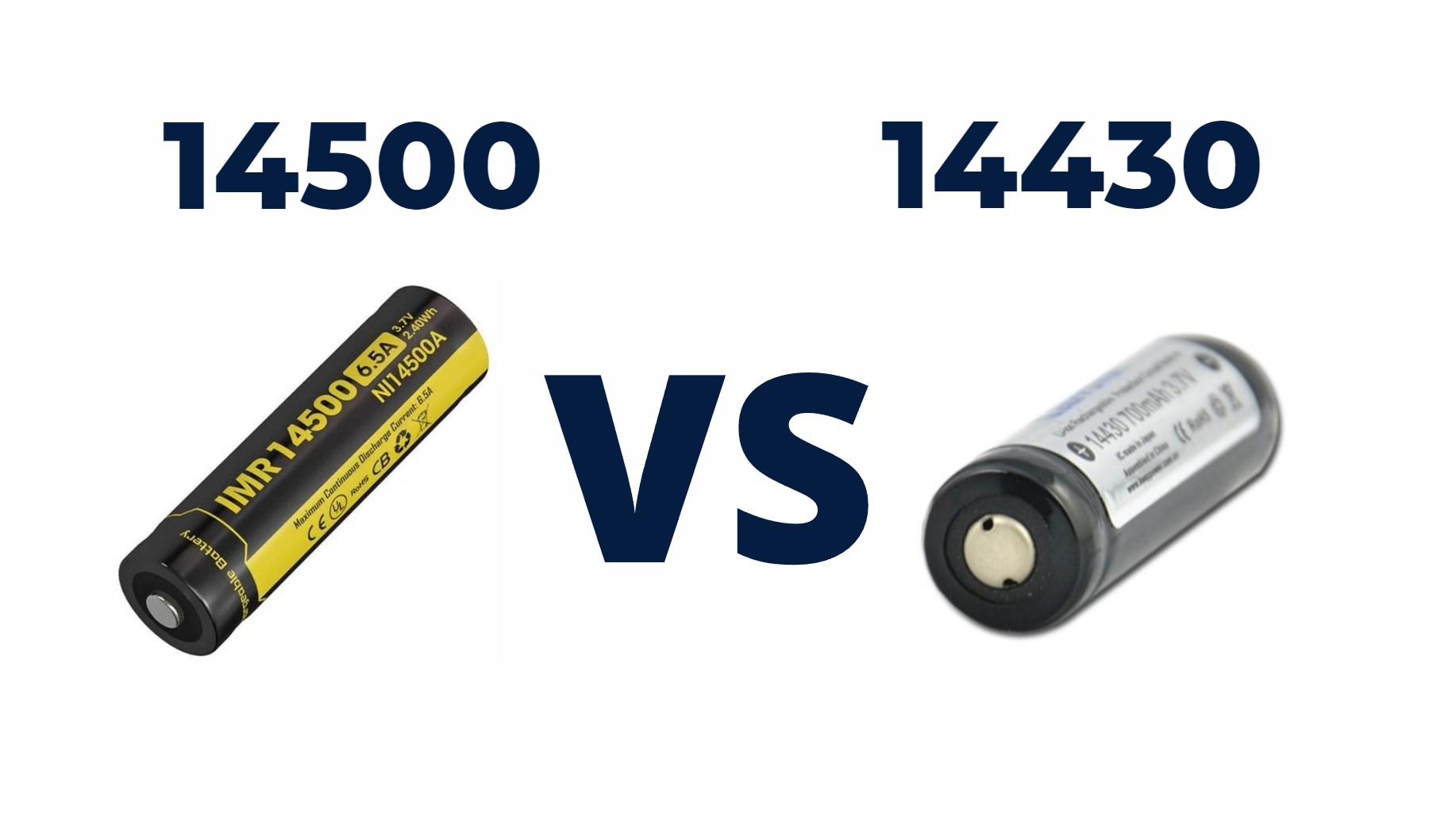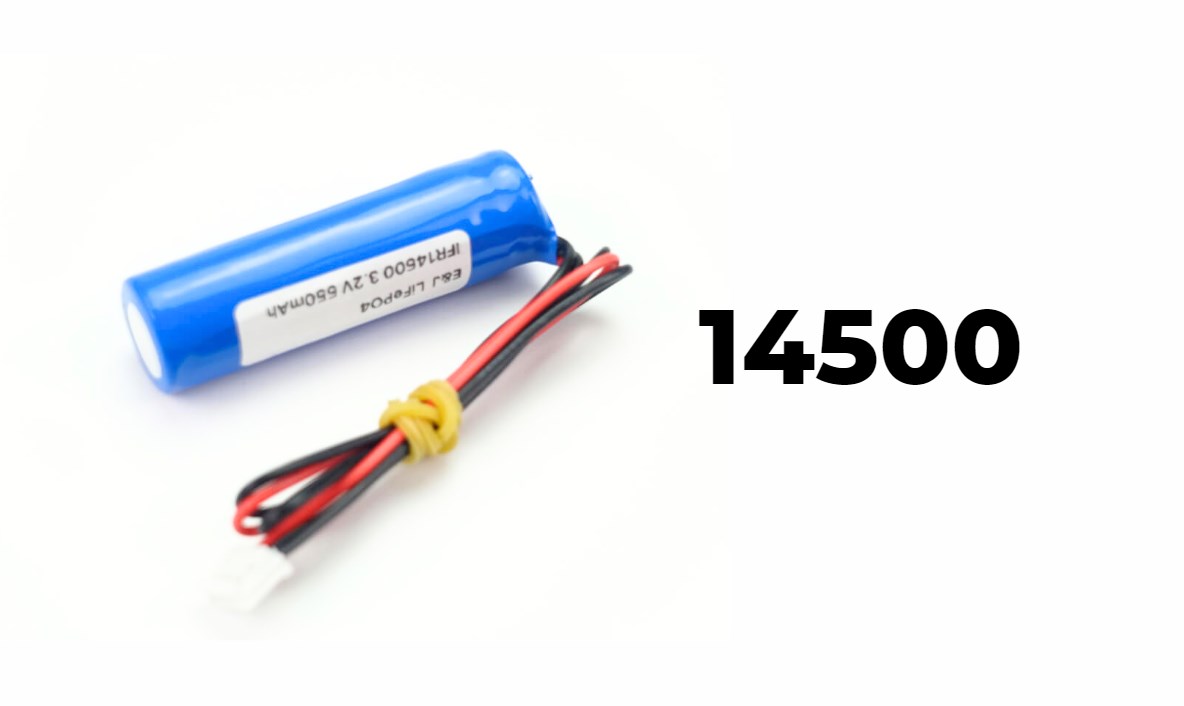The 14500 battery is primarily used in devices requiring higher power output, such as flashlights and electronic gadgets. The 14430 battery, being smaller, is often found in compact devices like small toys, remote controls, and low-drain electronics.
In the realm of portable power solutions, 14500 and 14430 batteries stand out due to their compact size and high energy density. These lithium-ion rechargeable batteries are widely used across various applications, providing reliable power for numerous devices. This article delves into the main applications of both battery types, highlighting their unique features and suitability for different devices.
14500 and 14430 batteries find widespread applications in various devices due to their compact size and high energy density. The 14500 battery is commonly used in high-drain devices like flashlights, portable speakers, cameras, and vaporizers, providing a longer runtime and higher power output. The 14430 battery is suitable for low-drain devices such as remote controls, small electronic toys, compact flashlights, and wearable devices. Their compact size allows for integration into devices with limited space. Both batteries offer reliable power solutions for different applications, ensuring optimal performance and convenience.
Understanding 14500 Batteries
The 14500 battery is similar in size to a standard AA battery but offers a significantly higher voltage, typically around 3.6V to 3.7V. This increased voltage makes it ideal for high-drain devices that require more power.
Key Applications of 14500 Batteries
- Flashlights
- High-Performance LED Flashlights: The 14500 battery is commonly used in high-output LED flashlights, providing bright illumination and long-lasting performance.
- Compact Design: Its size allows it to fit into smaller flashlight designs without compromising power.
- Portable Electronics
- Cameras and Handheld Devices: Many digital cameras, handheld game consoles, and portable audio devices utilize 14500 batteries for their compact form factor and reliable power output.
- Vaporizers: Vaporizers often rely on 14500 batteries due to their ability to deliver consistent power, ensuring efficient vapor production.
- Toys and Gadgets
- Electronic Toys: The 14500 battery is favored in electronic toys that require a compact yet powerful energy source.
- DIY Projects: Hobbyists frequently use these batteries in custom projects, such as remote-controlled vehicles or home-built electronics.
- Emergency Kits
- Reliable Power Source: Due to their long shelf life and rechargeability, 14500 batteries are excellent additions to emergency preparedness kits.
Understanding 14430 Batteries
The 14430 battery, while less common than the 14500, is also a lithium-ion rechargeable battery but smaller in size. Typically measuring about 14mm in diameter and 43mm in length, it is designed for applications where space is at a premium.
Key Applications of 14430 Batteries
- Compact Flashlights
- Small LED Flashlights: The 14430 battery is often used in compact flashlights that prioritize portability without sacrificing brightness.
- Lightweight Design: Its smaller size makes it suitable for ultra-compact flashlight designs.
- Small Electronics
- Wearable Devices: Many wearable technologies utilize 14430 batteries due to their lightweight and compact nature.
- Fitness Trackers: Devices like fitness trackers benefit from the small size of the 14430 battery while still requiring sufficient power for operation.
- Vaping Devices
- E-Cigarettes and Mods: Some vaping devices use 14430 batteries for their compact design and ability to deliver adequate power for vapor production.
- Specialized Applications
- Medical Devices: Certain medical equipment that requires a small footprint may also utilize 14430 batteries for their reliability and performance.
Comparison of Applications: 14500 vs. 14430 Batteries
| Application Type | 14500 Battery | 14430 Battery |
|---|---|---|
| Flashlights | High-performance LED flashlights | Compact LED flashlights |
| Portable Electronics | Cameras, handheld devices | Wearable devices |
| Toys | Electronic toys | Small gadgets |
| Vaping Devices | Vaporizers | E-cigarettes |
| Emergency Kits | Reliable power source | Not typically used |
Recent Trends in Battery Technology
As of October 2024, there has been an increasing focus on sustainability within the battery industry. Recent developments include:
- Enhanced recycling programs aimed at reducing waste from lithium-ion batteries.
- Innovations in battery chemistry that aim to improve energy density while minimizing environmental impact.
- Growing consumer awareness regarding the benefits of rechargeable batteries over single-use alternatives.
Conclusion
In summary, both the 14500 and 14430 batteries serve vital roles across various applications in portable electronics, lighting solutions, and more. Their unique characteristics make them suitable for different devices, with the 14500 being favored for high-drain applications like flashlights and vaporizers, while the more compact 14430 excels in smaller gadgets and wearables. Understanding these applications can help consumers make informed choices about which battery type best suits their needs.
FAQs About 14500 and 14430 Batteries
1. Can I use a 14500 battery in place of a standard AA battery?
Yes, many devices designed for AA batteries can accommodate a 14500 battery due to their similar size; however, ensure that the device can handle the higher voltage.
2. How do I charge these batteries?
Both types require chargers specifically designed for lithium-ion chemistry to ensure safe charging practices.
3. What is the typical capacity range for these batteries?
- The capacity of a 14500 battery typically ranges from 600mAh to 1000mAh.
- The capacity of a 14430 battery usually falls between 400mAh to 600mAh.
4. Are there safety concerns associated with using these batteries?
Yes, proper handling is essential; avoid exposing them to extreme temperatures or physical damage, and always use compatible chargers.
Related:
How Do the Capacities of 14500 and 14430 Batteries Compare?
Are There Any Significant Performance Differences Between 14500 and 14430 Batteries?
What Are the Typical Uses for 14500 Batteries in Everyday Devices?
How Do the Dimensions of 14500 and 14430 Batteries Differ?
What Are the Main Applications for 14500 and 14430 Batteries?




